Transforming your yard into a haven for insect-eating birds offers dual benefits – natural pest control and the joy of observing diverse wildlife right outside your window. Birds such as swallows, chickadees, wrens, and warblers consume thousands of insects daily, providing an eco-friendly alternative to chemical pesticides. As habitats continue to shrink due to development, creating bird-friendly spaces in our yards has become increasingly important for conservation. By implementing specific strategies to attract these feathered insectivores, you can establish a balanced ecosystem while enjoying the melodious songs and fascinating behaviors of your new avian neighbors. This guide will walk you through practical steps to create an irresistible environment for these beneficial birds.
Understanding Insectivorous Birds

Insectivorous birds are species that primarily feed on insects, spiders, and other small invertebrates, making them excellent natural pest controllers in gardens and yards. Common insect-eating birds include bluebirds, chickadees, nuthatches, swallows, warblers, woodpeckers, and wrens, each with unique hunting techniques and habitat preferences. Some birds, like flycatchers, catch insects mid-air with remarkable agility, while others, such as woodpeckers, methodically search tree bark for hidden larvae and beetles. Many of these birds consume hundreds of insects daily—a single purple martin can devour thousands of mosquitoes in a single day, while a chickadee family might eat up to 9,000 insects during their nesting season.
Creating a Chemical-Free Environment
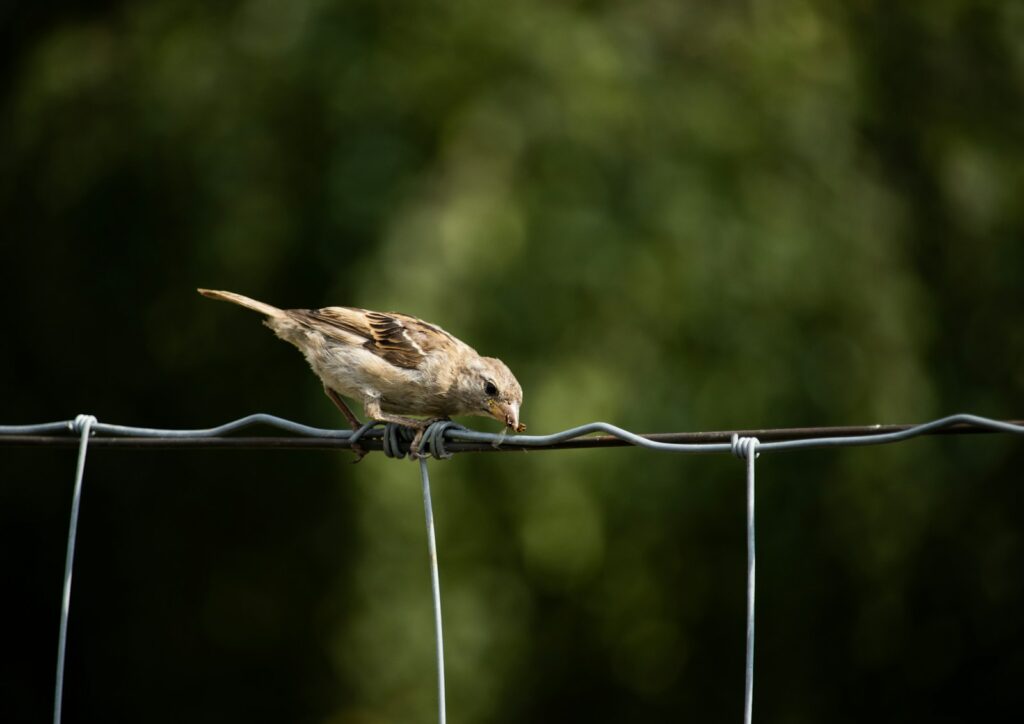
Establishing a chemical-free yard is perhaps the most crucial step in attracting insect-eating birds, as pesticides eliminate the very food source these birds rely on. Even selective insecticides disrupt the natural food chain by killing beneficial insects that birds consume, while potentially harming the birds themselves through bioaccumulation of toxins. Instead of chemical solutions, embrace integrated pest management techniques such as companion planting, introducing beneficial insects, and maintaining healthy soil to keep pest populations in check naturally. Creating this balanced ecosystem not only supports insectivorous birds but also promotes overall biodiversity and garden health, establishing a self-regulating environment where birds become your primary pest control allies.
Providing Native Plants
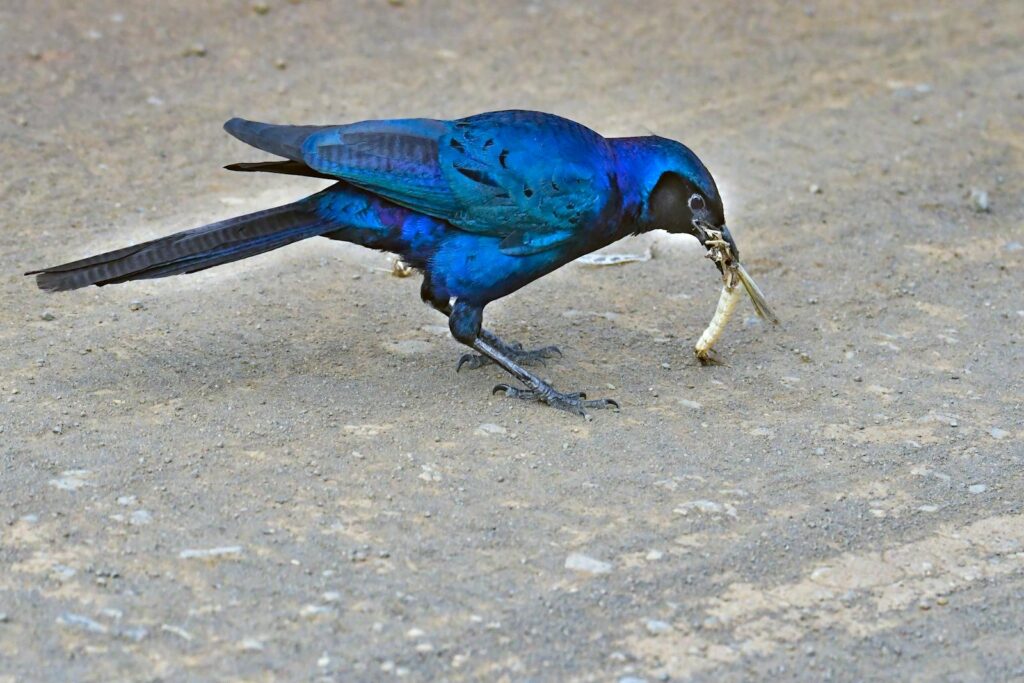
Native plants form the foundation of a bird-friendly habitat by supporting the insect populations that insectivorous birds feed upon. Unlike many non-native ornamentals, native plants have co-evolved with local insect species, hosting significantly more caterpillars and other invertebrates that birds depend on for nutrition. Research from entomologist Doug Tallamy shows that native oak trees can support over 500 species of caterpillars, while non-native alternatives like Bradford pears support virtually none. When selecting plants, focus on local species that match your growing conditions and provide multi-seasonal benefits—spring-flowering serviceberry attracts early insects, summer perennials like coneflowers host numerous bugs, and fall-fruiting winterberry provides late-season sustenance. By creating layers of vegetation from ground covers to canopy trees, you’ll provide diverse hunting zones for birds with different feeding strategies.
Installing Appropriate Nesting Boxes
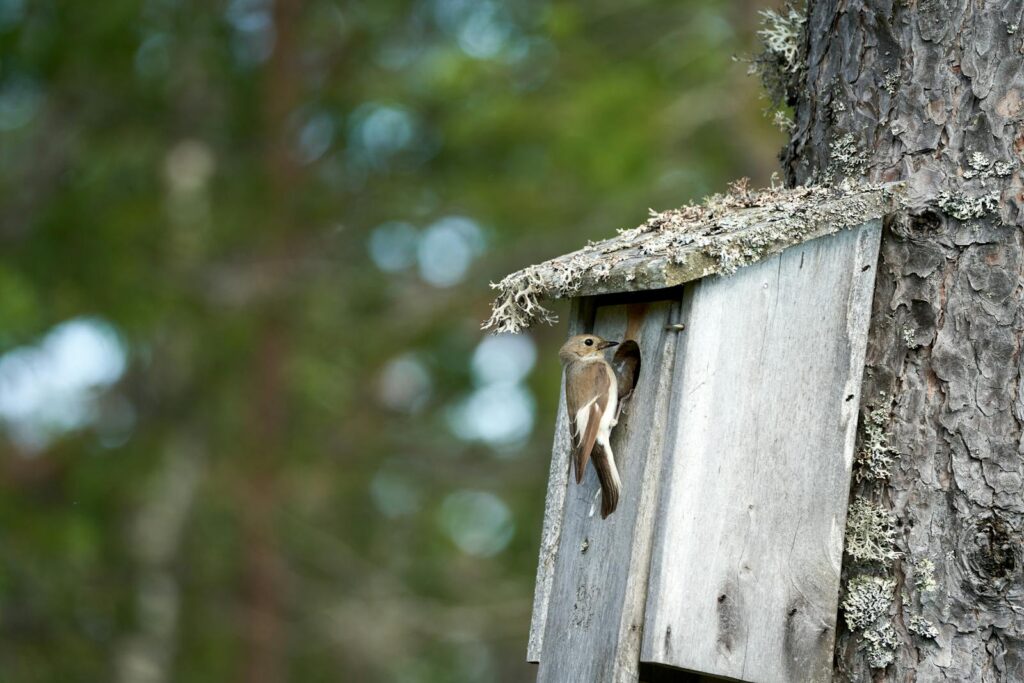
Strategic placement of appropriate nesting boxes significantly increases your chances of attracting insect-eating birds such as bluebirds, chickadees, and wrens to take up residence in your yard. Different species require specific nesting box dimensions and mounting heights—bluebirds prefer boxes with 1.5-inch entrance holes mounted 5-6 feet high in open areas, while chickadees need 1.125-inch openings in more wooded settings. Construction materials matter as well; untreated wood with proper ventilation and drainage holes ensures a safe environment for developing chicks. Position boxes facing away from prevailing winds and afternoon sun to maintain appropriate internal temperatures, and install predator guards on mounting poles to deter snakes, raccoons, and cats. Maintain your nesting boxes by cleaning them thoroughly each fall after nesting season concludes to prevent parasite buildup and encourage returning families each spring.
Creating Water Features
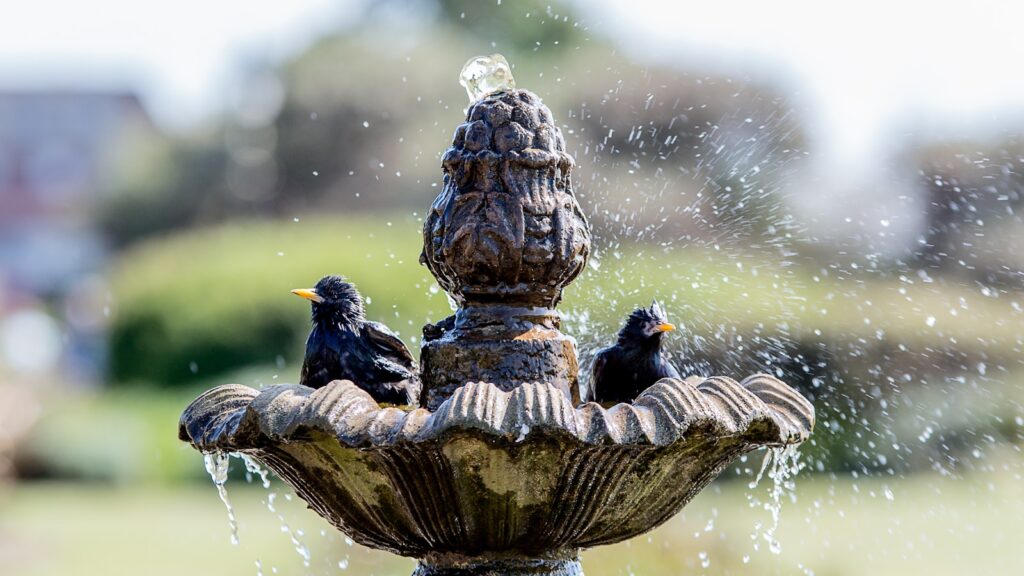
Water features serve as powerful attractants for insect-eating birds, providing essential drinking and bathing opportunities while simultaneously drawing in insects that birds feed upon. Bird baths should be shallow (no deeper than 2-3 inches at the center) with gradually sloping sides to accommodate birds of various sizes, and placed near shrubs or trees that offer quick escape routes from predators. Moving water particularly entices birds—simple additions like solar-powered bubblers or drippers dramatically increase a bath’s attractiveness by creating sound and movement that birds can detect from a distance. Maintaining clean water is crucial; refresh the bath every 2-3 days and scrub algae weekly using a stiff brush and diluted vinegar solution rather than chemicals. For maximum impact, consider installing a small pond or rain garden with native marginal plants that naturally attract aquatic insects and provide additional feeding opportunities for insectivorous birds.
Establishing Insect Habitats
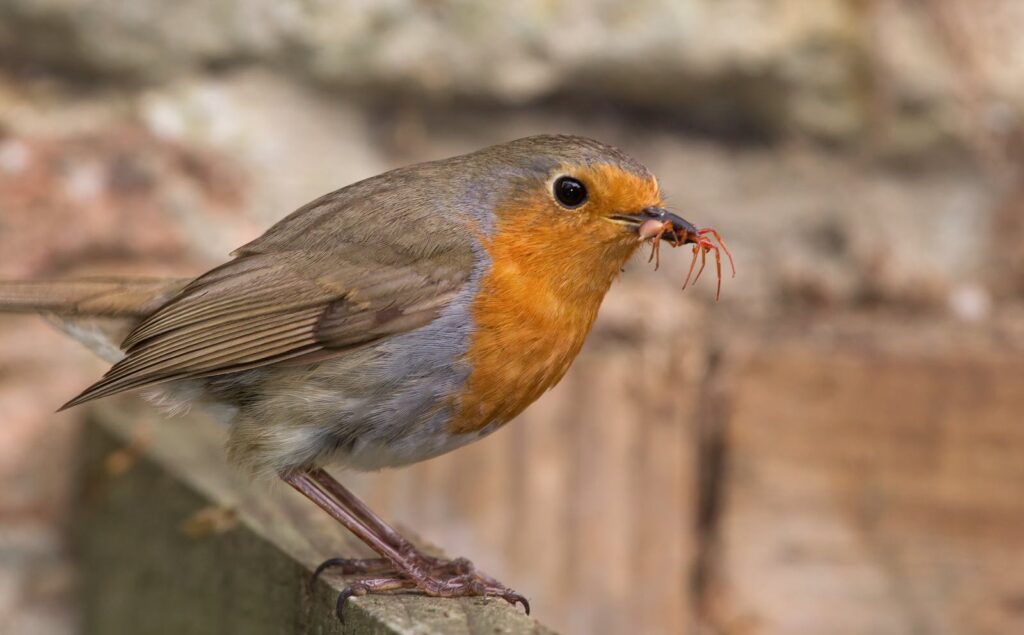
Creating dedicated insect habitats within your yard provides sustainable food sources for insectivorous birds throughout the seasons. Designate areas where dead vegetation remains undisturbed through winter, as many beneficial insects overwinter in hollow stems, leaf litter, and under bark. Insect hotels—structures filled with materials like bamboo tubes, drilled wood blocks, and bundled stems—provide nesting sites for solitary bees and predatory wasps that become bird food when populations are abundant. Leave small patches of bare soil in sunny locations for ground-nesting insects like mining bees, which emerge early in spring when birds are feeding hungry nestlings. Creating a compost pile serves dual purposes: decomposing organic matter attracts numerous invertebrates while producing soil amendments for your garden. Even fallen logs and brush piles function as insect nurseries, housing beetle larvae, ants, and other arthropods that woodpeckers, wrens, and other birds eagerly extract.
Reducing Lawn Areas
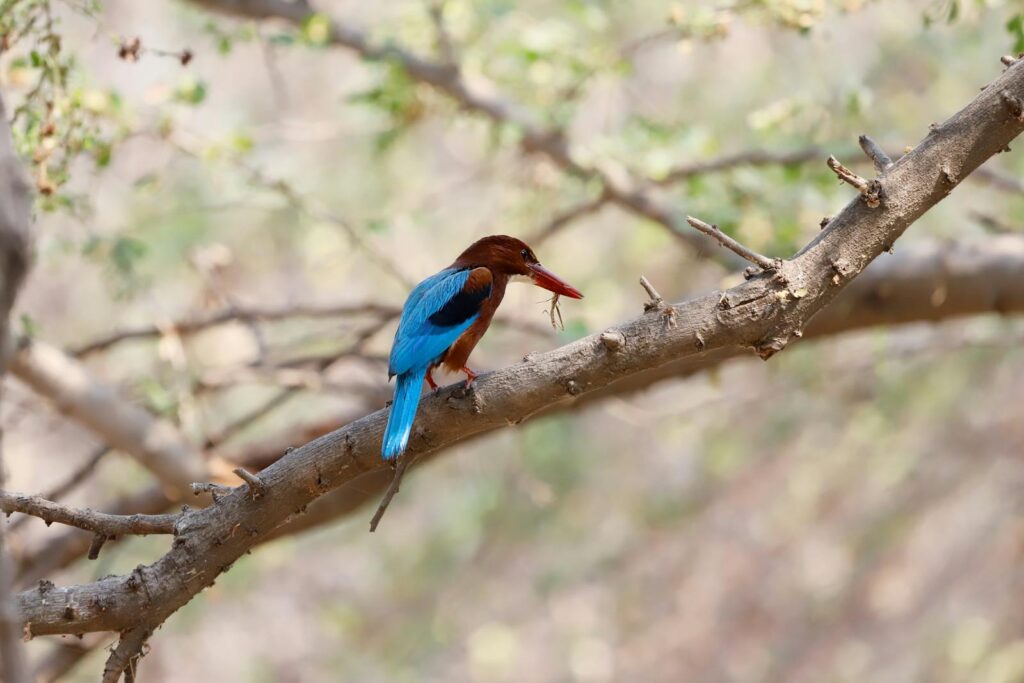
Traditional manicured lawns function essentially as biological deserts, offering minimal support for the insect populations that feed insectivorous birds. By reducing lawn areas and replacing them with native plant communities, you create layered habitats that support diverse insect life through all their developmental stages. Start by identifying sections of lawn that receive little recreational use and transform them into islands of native shrubs, perennials, and grasses that host significantly more invertebrate species. Even modest reductions make substantial differences—replacing just 30% of a typical suburban lawn can increase insect biomass tenfold in that area. If complete lawn removal isn’t feasible, consider raising your mower height to 3-4 inches and reducing mowing frequency, allowing lawn-dwelling insects like leafhoppers and grasshoppers to complete their life cycles and become available as bird food. This approach not only benefits birds but also reduces maintenance time, water requirements, and the environmental impacts associated with conventional lawn care.
Maintaining Dead Trees and Snags

Dead trees and snags (standing dead trees) represent ecological goldmines for insect-eating birds, particularly woodpeckers, nuthatches, and chickadees that specialize in extracting wood-boring insects. A single dead tree can house thousands of beetle larvae, ants, and other invertebrates that constitute primary food sources for these specialized foragers. Beyond food resources, snags provide essential nesting opportunities as woodpeckers excavate cavities that eventually become homes for secondary cavity-nesters like bluebirds and titmice. Before automatically removing dead trees, assess whether they pose genuine safety risks to structures or high-traffic areas; often, reducing the height of the snag by half while leaving the trunk standing addresses safety concerns while preserving wildlife value. If complete removal is necessary, consider leaving sections of trunk as “wildlife stumps” at least 6 feet tall, or repurpose larger logs as landscape features where insects can continue their decomposition work while feeding visiting birds.
Offering Supplemental Food
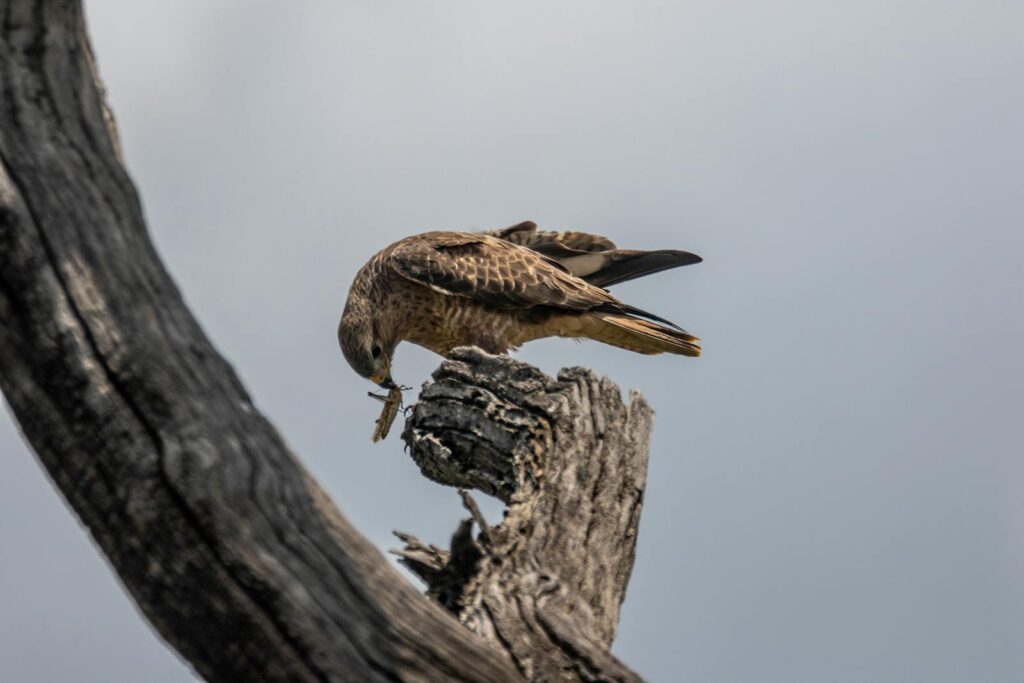
While insect-eating birds primarily consume invertebrates, many species will visit feeders for supplemental nutrition, especially during seasonal transitions when natural insects become scarce. High-protein options like mealworms (live or dried) particularly attract bluebirds, wrens, and nuthatches, with live offerings proving especially irresistible during nesting season when parents seek nutritious food for growing chicks. Suet—rendered animal fat mixed with ingredients like peanut butter, cornmeal, and fruit—provides concentrated energy that attracts woodpeckers, chickadees, and warblers, particularly during colder months when insects are dormant. Specialized feeders enhance success with particular species; suet cages with tail-props accommodate woodpeckers’ unique feeding posture, while small-holed feeders with cling-worthy surfaces attract chickadees while excluding larger birds. To maximize effectiveness, introduce supplemental foods gradually and consistently, understanding that insectivorous birds may take longer to discover and trust feeders than seed-eating species.
Eliminating Threats from Cats
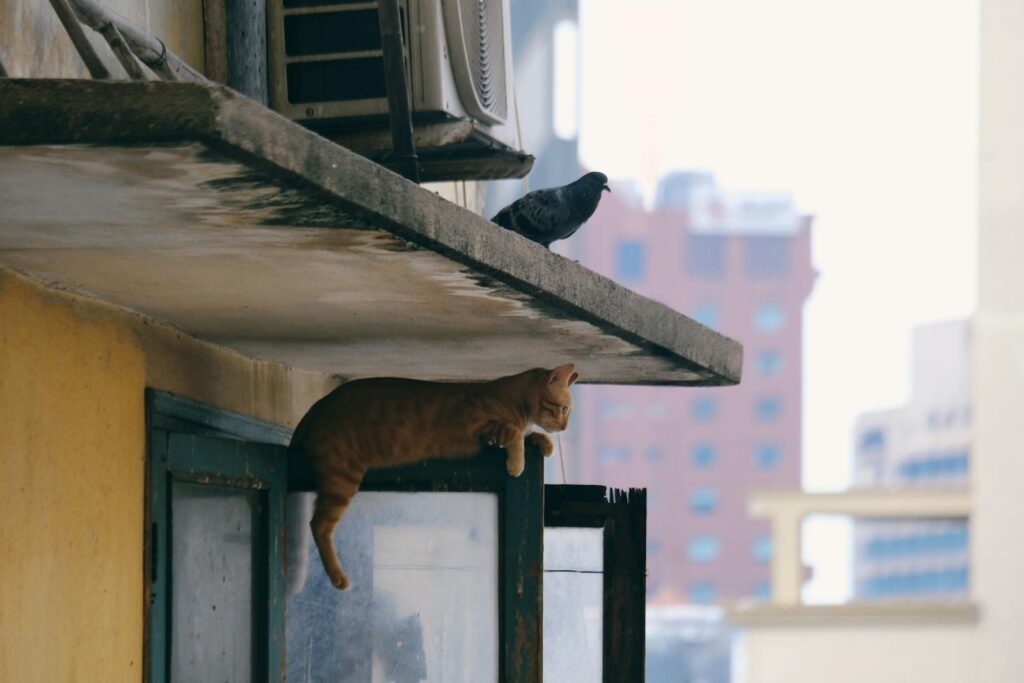
Domestic cats represent one of the most significant threats to insectivorous birds, with scientific studies estimating that free-roaming cats kill 2.4 billion birds annually in the United States alone. Insect-eating birds are particularly vulnerable as many species feed on or near the ground where cats typically hunt, and their nesting habits—often in accessible shrubs or nest boxes—leave them especially exposed. The most effective solution is keeping cats indoors permanently, which not only protects birds but also significantly extends feline lifespan by preventing exposure to diseases, predators, and vehicular accidents. For cat owners who feel their pets deserve outdoor time, consider building a secure “catio” or installing specialized fence-top barriers that prevent cats from leaving the yard while allowing them outdoor enrichment. If neighborhood cats frequent your bird-friendly yard, motion-activated sprinklers provide a humane deterrent that teaches cats to avoid the area without causing harm.
Minimizing Window Collisions
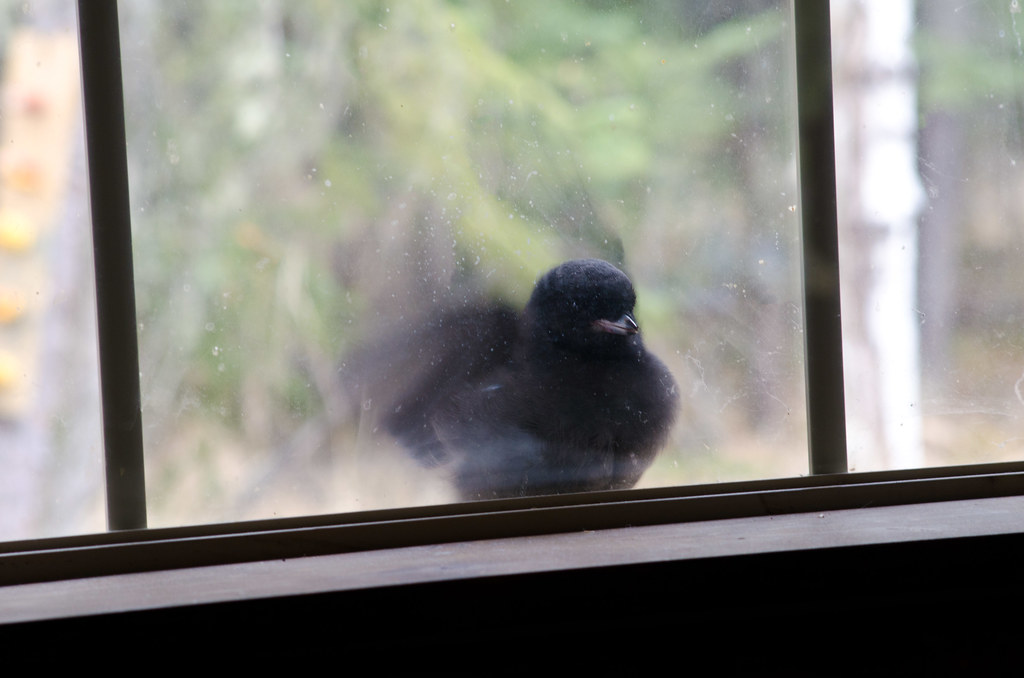
Window collisions kill hundreds of millions of birds annually in the United States, with insect-eating species particularly vulnerable due to their rapid, direct flight patterns when pursuing prey. Birds see window reflections as continuations of habitat or sky rather than solid barriers, resulting in high-speed impacts that frequently prove fatal. Several effective prevention strategies exist, ranging from simple to sophisticated—applying window decals or strips of translucent tape spaced no more than 2 inches apart breaks up reflections, while specialized “bird tape” creates patterns visible to birds but minimally obtrusive to humans. External screens provide excellent protection by creating visual barriers while cushioning any potential impacts. For new construction or replacement windows, consider bird-friendly glass with ultraviolet patterns that birds can see but remain virtually invisible to humans. Strategic placement of bird feeders either within 3 feet of windows (preventing birds from gaining sufficient momentum to injure themselves) or more than 30 feet away (allowing birds to recognize windows as barriers) can significantly reduce collision risks.
Creating Dust Bathing Areas
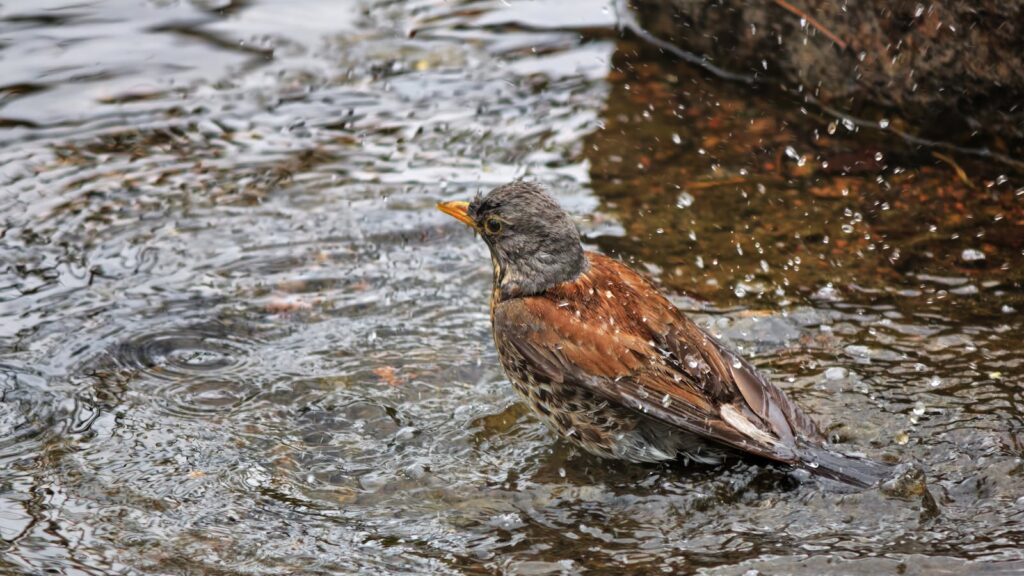
Many insect-eating birds engage in dust bathing as a critical grooming behavior that helps control external parasites that commonly plague birds that spend time near the ground foraging for insects. Creating dedicated dust bathing stations involves establishing small areas of fine, dry soil in sunny locations—typically depressions 2-3 inches deep and 12-18 inches in diameter filled with a mixture of fine sand, dry garden soil, and food-grade diatomaceous earth. Position these dust bath areas near protective cover like shrubs or brush piles so birds can quickly retreat if threatened while bathing. Birds typically dust bathe during the warmest parts of the day when parasites are most active, using their wings and bodies to work the fine particles through their feathers, which desiccates and suffocates mites and lice. You’ll know your dust bath is successful when you observe characteristic shallow depressions with feather impressions and occasional small feathers left behind after birds have finished their grooming sessions.
Monitoring and Record-Keeping
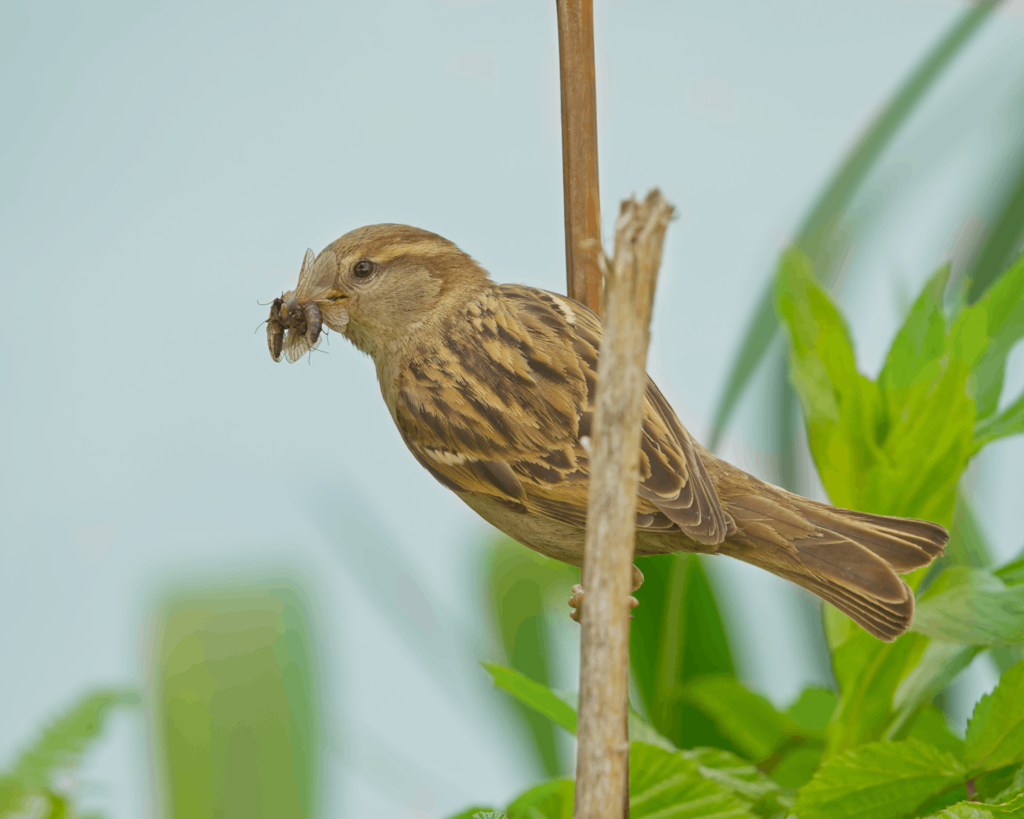
Implementing a systematic approach to monitoring the birds in your yard provides valuable feedback on the effectiveness of your habitat improvements while creating a rewarding citizen science opportunity. Begin by establishing a consistent observation routine—even 15 minutes daily at similar times creates meaningful data patterns—and record species, numbers, behaviors, and which habitat features attract different birds. Free mobile applications like eBird, iNaturalist, or Merlin Bird ID facilitate species identification while automatically tracking observation dates and contributing your sightings to scientific databases. Pay particular attention to breeding behaviors like nest building, feeding young, or territorial displays, as these indicate your yard is meeting birds’ complete lifecycle needs rather than just providing transient resources. Over several seasons, these records reveal which interventions have been most successful in attracting target species, allowing you to refine your approach and celebrate measurable increases in avian biodiversity resulting from your conservation efforts.
Creating a yard that attracts insect-eating birds represents a perfect harmony between personal enjoyment and ecological stewardship. By implementing these strategies—from eliminating pesticides and planting natives to providing water features and maintaining insect habitats—you establish a functioning ecosystem where birds thrive while naturally controlling pest populations. The transformation won’t happen overnight, but with patience and consistent effort, you’ll notice increasing diversity as word spreads through the avian community about your bird-friendly oasis. Beyond the practical benefits of natural pest control, there’s an immeasurable joy in watching a chickadee acrobatically glean insects from beneath leaves or observing a bluebird family raise their young in a nesting box you provided. In creating habitat for these beneficial birds, you become an active participant in conservation while establishing a deeper connection to the natural world right outside your door.
